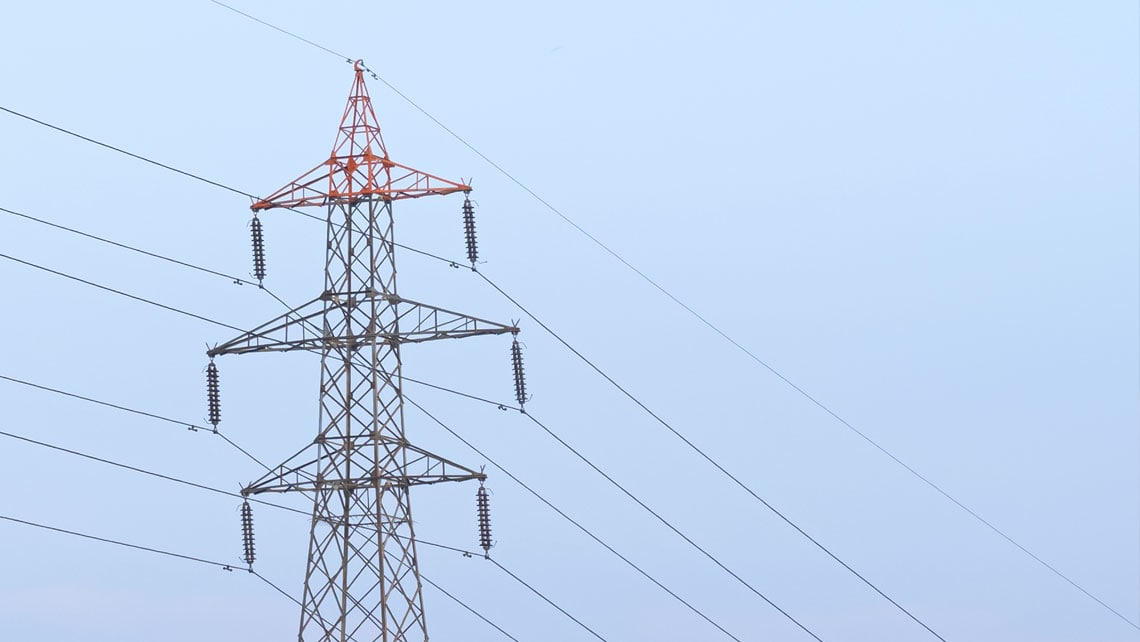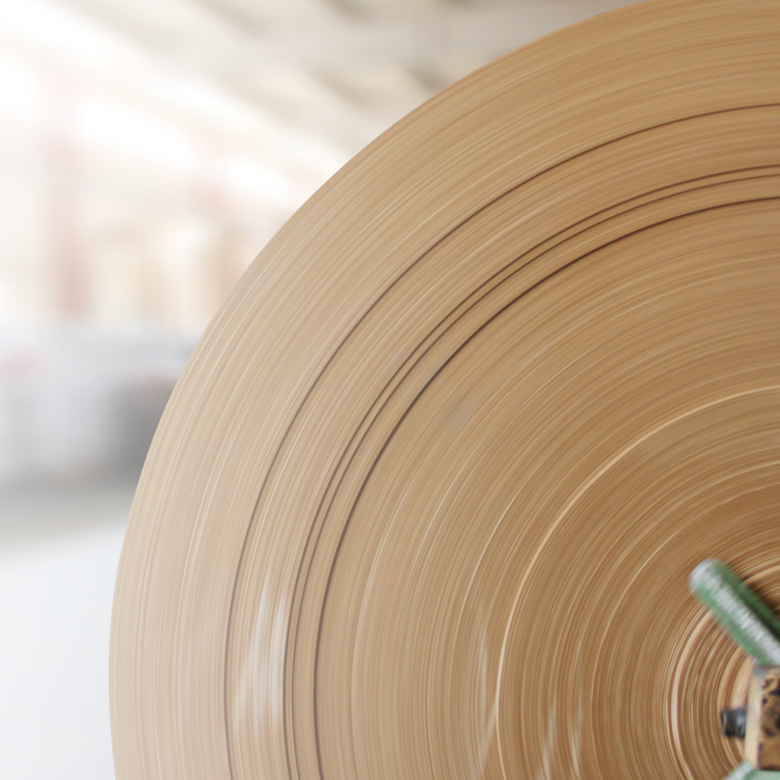Papermaking process is very dynamic and complex, with a lot of variables that are constantly changing. And wet end chemistry plays a key role in it. Paper producers do recognize the importance of wet end chemistry management, but without a deep understanding of chemistry and visibility to the end-to-end process performance, wet end stability is difficult to achieve.
As the wet end chemistry impacts runnability, end-product quality, and overall machine efficiency, optimizing its performance presents a huge opportunity.
“The reduction of rejected reels and production downtime translates immediately to annual cost savings, which at a board machine producing 50t/h could already be close to 10 million euros. Additional savings can be gained through reduced consumption of pulp, water, and chemicals. For board makers, optimized wet end performance can mean e.g. that they are able to maintain the same strength level of board even when using cheaper raw materials,” says Antti Pirneskoski, Director for Application Development at Kemira.
“And this is just the starting point. With efficient use of data, more hidden opportunities to improve process efficiency, product quality, and raw material usage can be discovered.”
Out of the vicious circle
The root causes for process disturbances may stay hidden even if the runnability issues or off-spec production they cause can be detected.
Foe example, at a kraft board mill, the quality of the incoming pulp is impacted by insufficient pulp washing, causing high amounts of hydrophobic particles to bleed into the boardmaking process. Because standard monitoring devices cannot detect the situation, the cumulation of hydrophobic material continues unnoticed in the process. After several hours, the harmful particles will start to interact with cationic chemicals in the short circulation. This lowers the performance of retention, strength, and sizing agents, and in addition increases the risk for deposits, defects, and breaks.
Furthermore, in the case of a web break or off-spec production, the rejected board is sent back to the broke system at the mill to be repulped. The hydrophobic material continues to circulate the process and prolongs the process disturbance.
It’s a vicious circle, and the likes of this are not that rare at paper and board machines. Wet end chemistry instabilities typically take several hours to develop. If the operators were alerted to the build-up of the harmful particles early on, they would have time to do both chemical and mechanical adjustments to the process before it even starts to impact the production.
Quick and correct decisions for fast machines
The ability to react quickly and correctly to the changes in the process conditions is becoming more and more important with the increased speed of the paper and board machines. The cost of delayed or wrong decisions cumulates rapidly.
“Globally, the capacity of e.g. containerboard is growing and competition is tightening. The industry is challenged also by rising raw material prices and then again, by changes in raw material quality. The pressure to ensure process stability and consistent end-product quality is increasing,” Antti Pirneskoski states.
With Kemira Predictive Wet End, the operators can detect the moment when the process health starts to slide off track. Utilizing modern cloud computing and machine learning technology, the service can predict the process conditions hours ahead and alert when the risk for disturbances increases. By identifying the process areas and parameters that contribute to the increased risk, the service gives actionable recommendations for corrective actions – and helps prevent web breaks, defects, and off-spec production before they happen.
“This is achieved by efficiently combining all the available process and performance data from the machine and the on-line solutions for monitoring chemistry applications. With the predictive model, we can build end-to-end visibility and for the first time, create a real-time view that takes into account all the necessary variables.”
“Predictive Wet End is our deep chemistry expertise turned into a digital service, enabling data-driven wet end chemistry management.”







